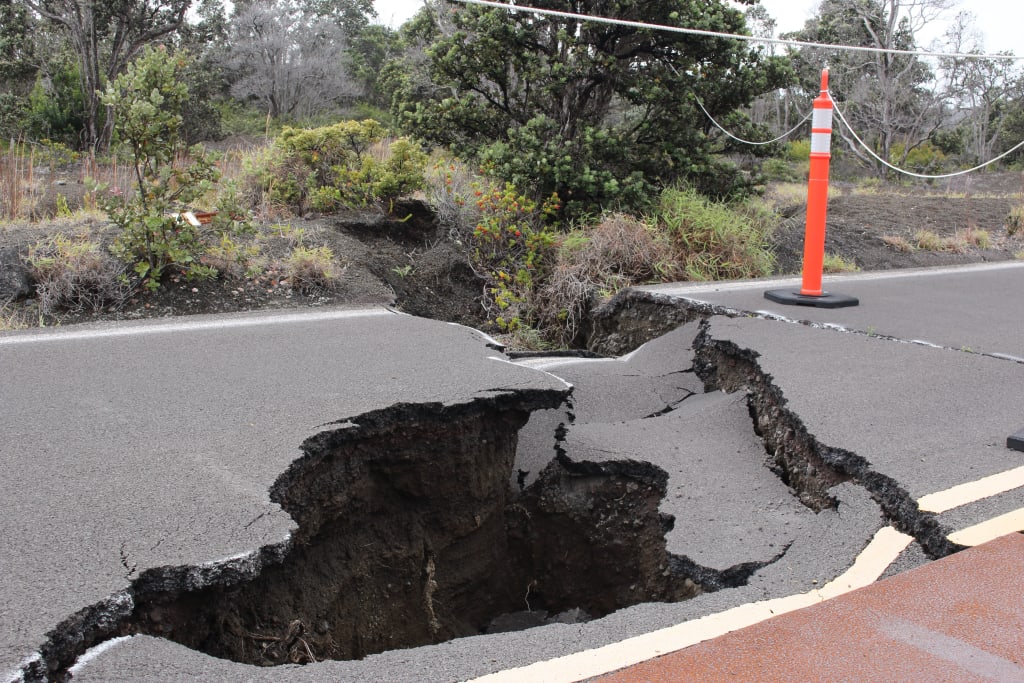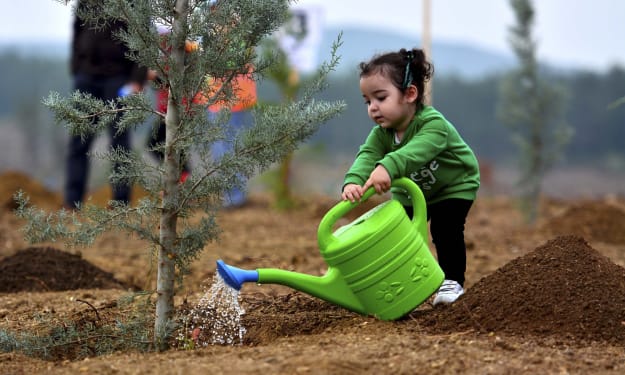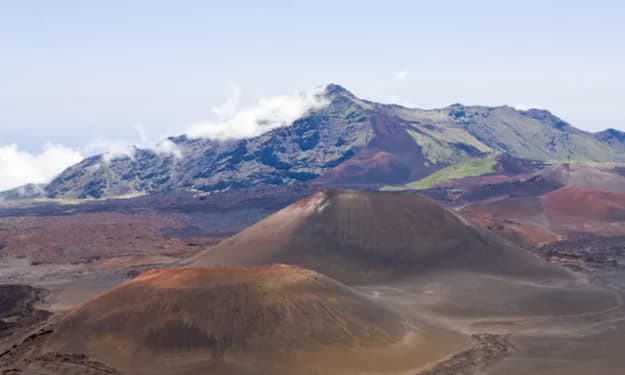
An earthquake occurs when the Earth's crust suddenly releases stored energy, which causes the ground to shake and vibrate. The Earth's crust is made up of several large plates that move slowly and constantly. When these plates move against each other, they can get stuck, and the energy that builds up can cause them to suddenly slip, releasing a large amount of energy in the form of seismic waves. These waves travel through the Earth and cause the ground to shake.
The point where the energy is released is called the focus or hypocenter of the earthquake. The point on the surface directly above the focus is called the epicenter. The strength or magnitude of an earthquake is measured on the Richter scale, which ranges from 1 to 10.
Earthquakes can also be caused by volcanic activity, landslides, and human activities such as mining and oil drilling. Some earthquakes occur along fault lines, which are zones of weakness in the Earth's crust where two plates meet. Other earthquakes occur in areas where the crust is under tension, such as at the edges of the plates, or in areas where the crust is being compressed, such as in mountain ranges.
The effects of an earthquake can vary depending on its magnitude, depth, and location. Strong earthquakes can cause severe damage to buildings, roads, and other infrastructure, and can trigger landslides, tsunamis, and other secondary hazards. Earthquakes can also cause casualties, injuries, and displacement of people.
Seismologists use various instruments to measure and monitor earthquakes, including seismographs, accelerometers, and GPS receivers. This data can help them understand the nature of earthquakes and develop strategies to reduce their impact on people and infrastructure.
To mitigate the effects of earthquakes, governments and communities can take various measures, including implementing building codes and standards, retrofitting buildings and infrastructure, and educating people about earthquake safety and preparedness. Earthquake drills and emergency response plans can also help minimize the impact of earthquakes on people and infrastructure.
In addition to preparedness measures, scientists are also researching ways to predict earthquakes in order to provide advanced warning to people and communities. However, earthquake prediction is still an active area of research and is not yet a precise science.
One method that has shown some promise is monitoring changes in the behavior of animals, such as changes in their behavior or movements prior to an earthquake. Scientists are also developing new technologies, such as satellite monitoring and early warning systems, to improve earthquake prediction and response.
Overall, earthquakes are a natural phenomenon that are an important part of the Earth's geologic activity. While they can cause significant damage and loss of life, taking proactive measures to reduce their impact can help ensure the safety and well-being of people and communities living in earthquake-prone areas.
It's worth noting that earthquakes are not distributed evenly around the globe, and certain regions are more prone to seismic activity than others. For example, the Pacific Ring of Fire, which is an area around the Pacific Ocean where many tectonic plates meet, is known for its high frequency of earthquakes and volcanic activity. In contrast, some areas in the interior of continents experience fewer earthquakes.
Finally, it's important to recognize that earthquakes can have long-term social and economic impacts on affected communities. Recovery efforts can take months or even years, and rebuilding damaged infrastructure can be costly. In some cases, earthquakes can even exacerbate existing social inequalities, as marginalized groups may be disproportionately affected by the disaster.
Overall, understanding the causes and impacts of earthquakes is crucial for developing effective strategies to mitigate their effects and promote the safety and well-being of people living in earthquake-prone areas.
In conclusion, earthquakes occur when the Earth's crust suddenly releases stored energy, causing the ground to shake and vibrate. They can have significant impacts on people and infrastructure, and certain regions are more prone to seismic activity than others. Scientists are working to better predict earthquakes and develop strategies to mitigate their effects, but earthquake preparedness and response remains an ongoing challenge for governments and communities. By understanding the causes and impacts of earthquakes, we can better protect ourselves and our communities and work towards building a more resilient future.






Comments
There are no comments for this story
Be the first to respond and start the conversation.